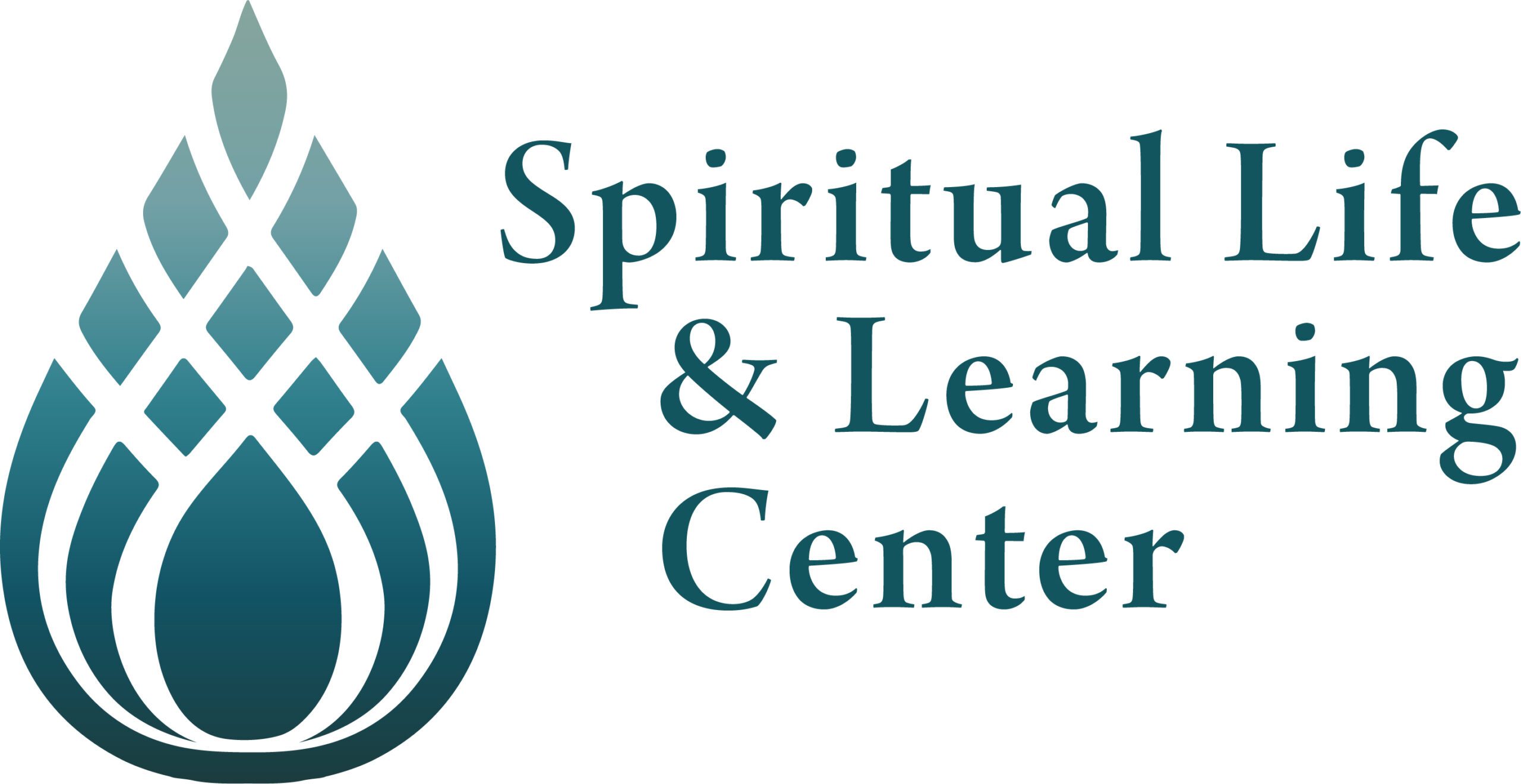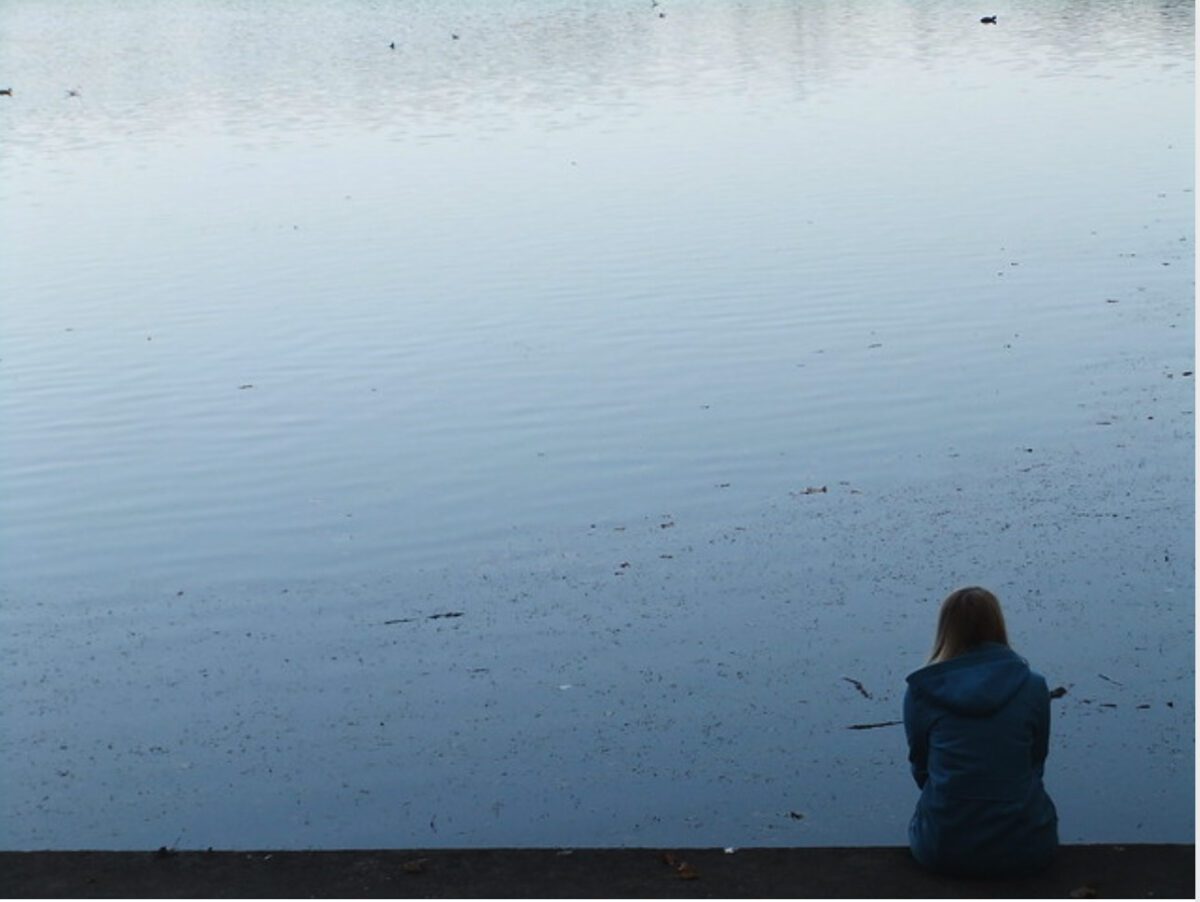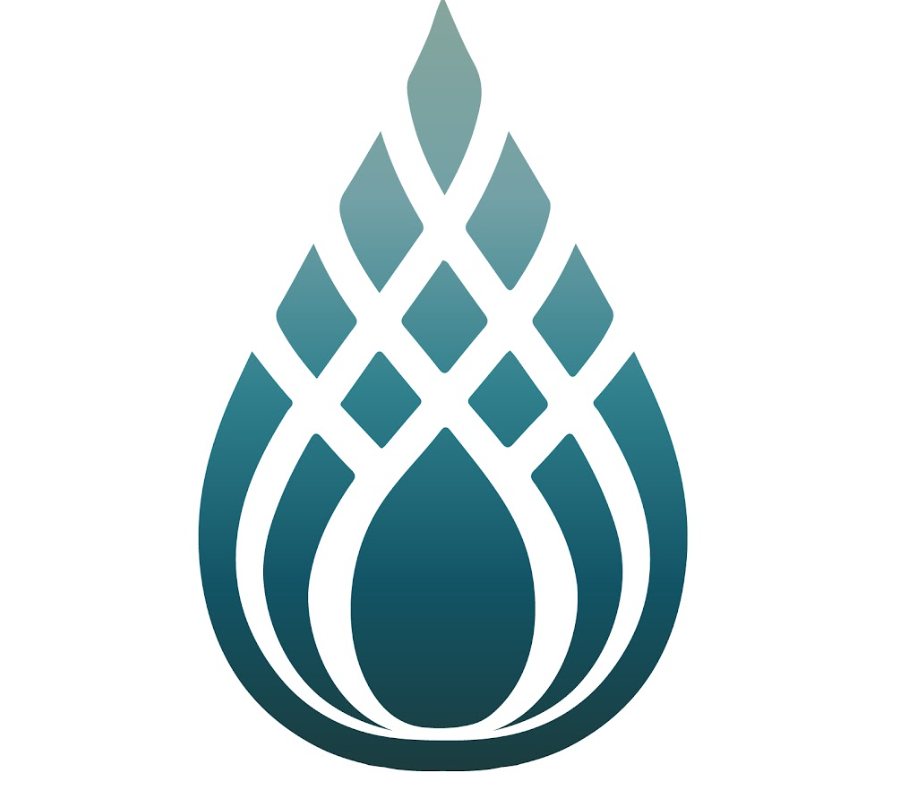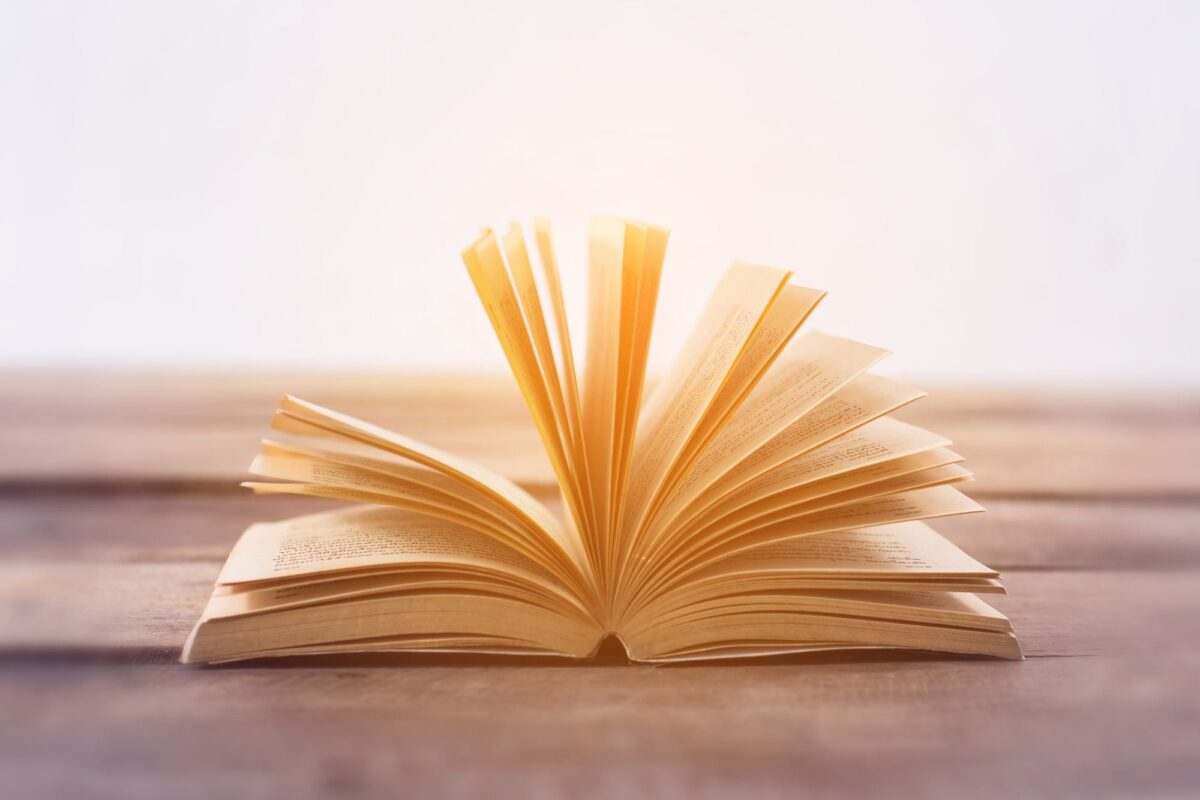Praying with our bodies? What does that mean? Don’t we pray with our hearts and in our thoughts?
Recently some spiritual teachers have used the phrase “body prayers” to refer to being mindful in some activity as a way of praying or connecting with God. The intention is to let God be with us as we act in our lives in intentional ways.
But this workshop reveals a much older and more specific ritual practice. To understand it, it is useful to consider the body–or belly–as a center of intelligence, just like the head and the heart. Many of us grew up being taught that intelligence was something we had in our minds and our brains. Like being smart and having a high IQ. Then we began to hear about heart-centered intelligence as well as emotional intelligence, the capacity to be in touch with our own emotions and to relate to others in an emotional way, appreciating their inner emotional experience as well as our own.
The advanced neurobiological research in the 1990’s paved the way for us to now understand that the “brain” actually operates throughout the body. To be intelligent means to identify problems, gather data and analyze information, then make decisions and take actions. All of those functions can take place in the body without the mind being engaged at all. We do it constantly as we manage the distribution of nutrients throughout our bodies without ever having a mental thought about anything that is occurring.
Prayer, to me, is making connection and interacting with the Divine or God. Praying with our bodies means using some natural, “hard-wired” abilities in various physiological systems to enhance our ability to connect with and to have direct experience of God. The value of direct experience is that it is not based on faith or teachings but is real in a sensory and physical way. In the words of the philosopher Cervantes, “Experience is the mother of knowledge and all knowledge not based upon experience is not real.”
…ancient body prayers engage the body in a ritual, using breath, sound and body posture to activate our natural ability to open our awareness to the world of spirit.
My dad is 93 and has always had some questions about what he learned in church about the soul and what God wants from us. He is also a photographer and specializes in portraits of flowers and birds. One day it occurred to me that he experienced God in nature and his most sincere prayers are the elegant images he captures, prints and shares. That’s one way to experience God through the body.
But ancient body prayers engage the body in a ritual, using breath, sound and body posture to activate our natural ability to open our awareness to the world of spirit. It is a very old practice, one that was lost when we became more intellectually sophisticated and met God through ideas. This kind of ritual was practiced by our most ancient ancestors and was passed along through the artwork of hunter-gatherer and horticultural people throughout the world.
In my workshop, I’ll be showing slides of this artwork and participants will undoubtedly recognize some famous cave drawings and carvings and clay figures. One (example of this artwork) is actually on display at Highbanks Metro Park from the local Adena Moundbuilders.
I will also share a very simple ritual to calm our minds and let sound wake up our natural ability to shift our focus from engagement with the outer world to opening an awareness of the non-material world of spirit. Once we learn to respect the inner experiences they become meaningful to us, as dreams become meaningful when we learn to speak the special language of dreams. We will explore making body prayers for healing or being whole, as well as learning to release an attachment to a certain way of seeing ourselves so we can embrace our potential for so much more.
Belinda Gore has been a teacher and practitioner of Ecstatic Trance for over 30 years. She was a friend and colleague of Dr. Felicitas Goodman and former president of The Cuyamungue Institute. Her two books, Ecstatic Body Postures and The Ecstatic Experience, are foundational resources for understanding the origins of ritual postures from around the world and for using The Cuyamungue Method to expand the scope of our consciousness. She is a psychologist and coach, and teaches as senior faculty with The Deep Coaching Institute.
You can register for the upcoming workshop on June 15 and 16 here.
